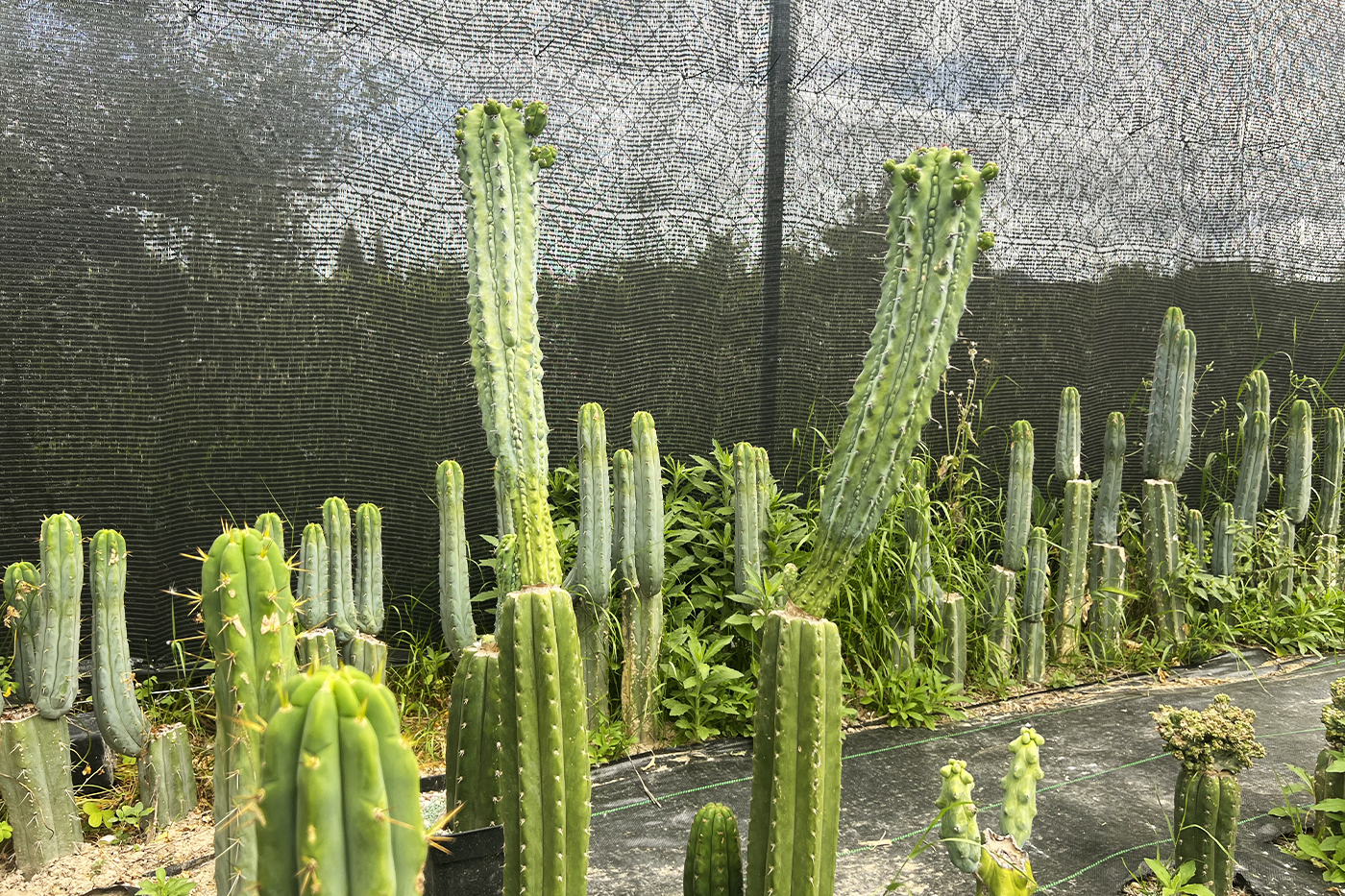Photographing cacti, especially species of the Trichocereus genus, offers a unique opportunity to capture nature’s raw and vibrant essence. Known for their impressive size and striking nocturnal flowers, Trichocereus cacti are native to South America—mainly the Andes—and have become fascinating subjects for photographers, botanists, and gardening enthusiasts alike.
In this guide, we’ll explore practical techniques and creative tips to help you immortalize the beauty of Trichocereus in your photography.
1. Know Your Subject: Trichocereus
Before picking up your camera, it’s essential to understand the cactus species you’re photographing. The Trichocereus pachanoi, also known as San Pedro cactus, is among the most popular. It can grow up to 12 meters tall and thrives at elevations of 2,000 to 3,000 meters above sea level.
Understanding key features—columnar stems, spines, and night-blooming flowers—will help you anticipate the best moments and angles for your shots.
2. Get Close: Capture the Details
📸 Use Macro Photography
A macro lens is ideal for capturing the intricate textures of Trichocereus:
-
Zoom in on the flowers, focusing on the delicate petals and inner structures.
-
Highlight spines and areoles to reveal textures and geometric patterns invisible to the naked eye.
Tip: Use manual focus for greater control over sharpness, especially in low light.
3. Play with Natural Light
Lighting can make or break a cactus photo. Trichocereus looks especially stunning under natural sunlight, but harsh light can cause undesired shadows.
☀️ Golden Hour Magic
-
Shoot during the golden hour—early morning or late afternoon—when the light is soft, warm, and flattering.
-
If shooting midday, look for shade to avoid overexposure and harsh contrasts.
Bonus Tip: Use a reflector or diffuser to soften light and enhance clarity in detailed shots.
4. Master Composition
A strong composition draws viewers into your image and holds their attention.
📐 Apply These Composition Techniques:
-
Rule of Thirds: Position the cactus off-center for a balanced and pleasing composition.
-
Focal Point: When photographing a group, choose one cactus as the main subject to guide the viewer’s eye.
-
Include the Environment: Don’t be afraid to show the cactus in context. Andean mountains, surrounding vegetation, or cultural elements can add depth and storytelling to your image.
5. Capture the Blooming Moment
Trichocereus flowers are ephemeral, blooming at night and often closing by morning. To capture this fleeting beauty:
🌙 Night Photography Tips:
-
Use a tripod and set your camera for long exposure to capture night blooms in low light.
-
Experiment with soft flash or reflectors to highlight flower details without overpowering their natural colors.
-
Use a remote shutter release to avoid blur from camera shake.
6. Edit and Enhance
Once you’ve taken your photos, spend time in post-processing. Tools like Adobe Lightroom or Photoshop allow you to adjust:
-
Brightness and contrast
-
Saturation and vibrancy
-
Sharpness and texture
Careful editing can transform a good photo into a stunning work of art that showcases the cactus’s natural beauty.
7. Final Thoughts: Share the Story
Trichocereus photography is not just about aesthetics—it's about telling a story. Every spine, flower, and curve reflects the cactus's journey through time and nature.
🌍 Build a Community
Share your photos on social media, gardening forums, or your personal blog. You'll connect with a growing audience of plant lovers, cactus collectors, and fellow photographers who also admire the magic of Trichocereus.
With each photo you take, you're not only capturing a beautiful plant—you're contributing to a deeper appreciation of the natural world, while sharpening your skills as a visual storyteller.




